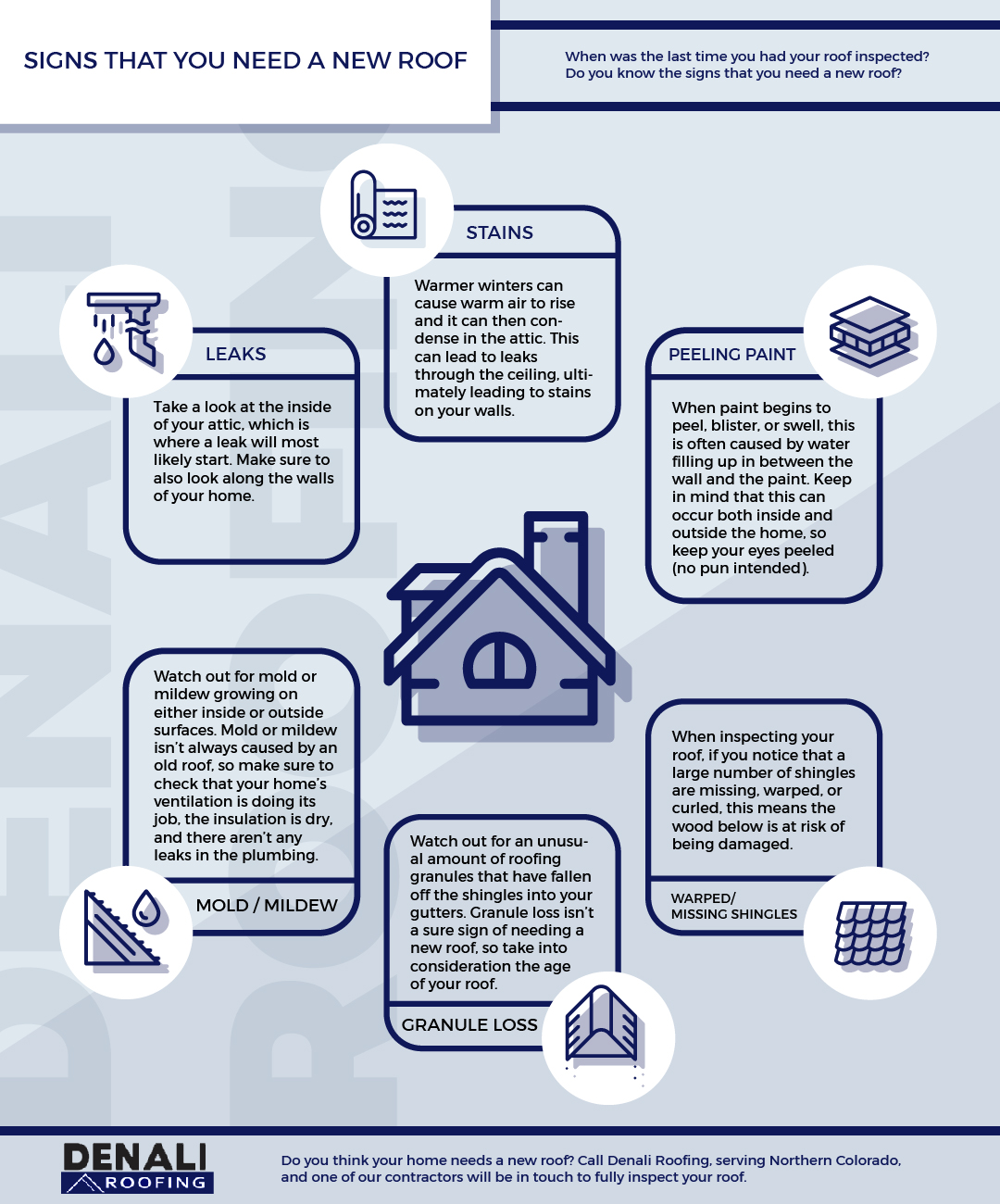Evaluating The Costs Connected With Solar Installations: Is It A Beneficial Financial Investment?
Evaluating The Costs Connected With Solar Installations: Is It A Beneficial Financial Investment?
Blog Article
Created By-McQueen Fog
When thinking about the costs of solar installation, you may wonder about the upfront investment called for and whether it lines up with the potential lasting advantages. Understanding the intricacies of these costs and the various factors affecting the total return can clarify the value proposition of transitioning to solar power. By assessing solar energy systems for home and the projected cost savings in time, you can get insight into whether the investment in solar setup holds promise for your monetary future.
Preliminary Setup Expenditures
When taking into consideration the expenses of solar installment, the initial setup costs play a critical function in your decision-making procedure. These upfront expenses consist of the cost of photovoltaic panels, inverters, installing tools, and installment labor.
The rate of photovoltaic panels can vary depending on the brand, performance, and size you choose. Inverters are necessary for transforming the sunlight's power right into useful power and come in various types such as string inverters, microinverters, and power optimizers, each with its own price ramifications.
Placing devices, such as shelfs and rails, is required to safely install solar panels on your roof or residential property.
The installation labor price covers the professional setup of the solar system, making certain that whatever is established appropriately and efficiently. Keep in mind that while these initial setup expenditures may seem high, there are usually discounts, tax obligation motivations, and financing options offered to help offset the expenses and make solar installation a lot more inexpensive in the long run.
Long-Term Cost Savings Analysis
To understand the monetary advantages of solar installment over time, it's critical to conduct an extensive long-lasting cost savings analysis. While the initial setup expenses of solar panels might appear overwhelming, the long-lasting cost savings can surpass these costs dramatically. By harnessing the power of the sun to create power for your home, you can possibly save hundreds of bucks on your utility costs over the lifespan of your solar system.
One of the key elements to take into consideration in a long-lasting cost savings analysis is the reduction in your electrical energy expenses. With solar panels, you can generate your electrical energy, minimizing or even eliminating your reliance on the grid. This can result in substantial savings, especially as utility rates continue to climb.
Additionally, lots of federal governments provide rewards such as tax credit scores and refunds for mounting photovoltaic panels, better enhancing your lasting cost savings. By making the most of these incentives and optimizing your solar power manufacturing, you can enjoy significant economic advantages for several years ahead.
Roi Computation
Considering the financial advantages of solar installation, it's time to analyze the Return on Investment (ROI) calculation. Establishing the ROI includes contrasting the total expenses of installing a planetary system with the economic benefits it produces over its life-span.
To compute ROI, separate the web make money from the system by the complete financial investment expense and multiply by 100 to obtain a percent. The ROI formula is: (Internet Profit/ Total Financial Investment Cost) x 100.
For example, if the total cost of installing a solar system is $20,000, and over its lifespan, it produces cost savings and profits totaling $30,000, the web revenue would be $10,000. Dividing this by the total investment expense of $20,000 gives a ratio of 0.5. Increasing this by 100 provides an ROI of 50%.
Normally, a greater ROI shows an extra economically rewarding financial investment. Variables like federal government rewards, upkeep costs, and power price fluctuations can influence the ROI of solar installations. Recognizing https://www.treehugger.com/do-solar-panels-work-on-cloudy-days-and-at-night-5191280 in examining whether buying solar power deserves it over time.
Final thought
In conclusion, recognizing the prices of solar setup is critical for figuring out if it deserves the financial investment. By thinking about initial arrangement costs, carrying out a lasting financial savings analysis, and determining the return on investment, you can make a notified choice regarding the financial worth of solar energy. With the capacity for minimized energy bills and increased energy self-reliance, investing in solar installation can be a smart selection for both your purse and the setting.
